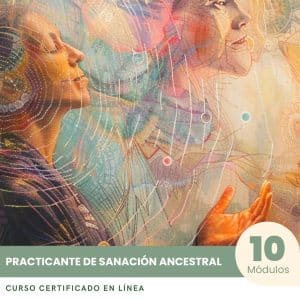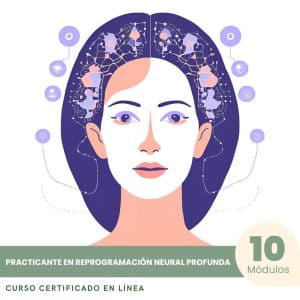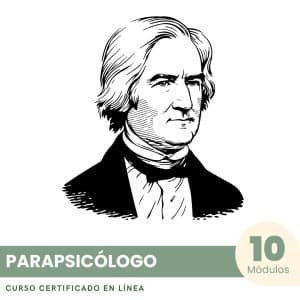
Laughter is a wonderful natural breathing exercise that oxygenates our body and brain. When we laugh, our breathing accelerates and deepens, allowing better lung ventilation. The respiratory muscles, especially the diaphragm and intercostal muscles, contract jerkily, quickly expelling air in spasms. This “respiratory exercise” induced by laughter significantly increases lung capacity and blood oxygenation.
Studies have shown that laughing regularly improves respiratory function sustainably. People who laugh frequently have a better chest expansion, a higher tidal volume, and more efficient expiration than those who laugh little. This is particularly beneficial for people suffering from chronic respiratory diseases like asthma, bronchitis, or emphysema. Laughter acts as a form of playful breathing therapy that helps clear the airways and reduce bronchial inflammation.
Laughter is also a wonderful tool for managing respiratory stress. When we are stressed or anxious, our breathing often becomes rapid and shallow, limited to the rib cage. This can lead to hyperventilation and a feeling of tightness. Laughter, by promoting deep abdominal breathing, helps break this vicious cycle and regain calm and regular breathing. It acts as a relief valve, releasing accumulated tensions in the diaphragm and breathing muscles.
But laughter is not only beneficial for the lungs. It also stimulates blood and lymphatic circulation, thus promoting the elimination of toxins and strengthening the immune system. The diaphragm movements during laughter massage the internal organs and facilitate venous and lymphatic return. This helps prevent respiratory infections and speed up healing in case of illness.
Laughter is also excellent exercise for accessory breathing muscles, like the abdominals and neck muscles. During intense laughter, these muscles contract repeatedly, as in a gymnastics session. This helps strengthen them and improve their endurance. Toned respiratory muscles are essential for maintaining good posture and preventing neck and back pain.
Finally, laughter promotes nasal breathing over mouth breathing. When we laugh, our mouth is often open, but our nose continues to filter and humidify the inhaled air. This better protects the airways from irritants and allergens. Nasal breathing also stimulates the production of nitric oxide, a powerful vasodilator that improves tissue oxygenation.
Incorporating more laughter into our daily lives is a wonderful way to take care of our respiratory system. Whether practicing laughter yoga exercises, watching comedies, or simply cultivating joy and humor, every burst of laughter is a breath of oxygen for our body and mind. So let’s not hesitate to laugh out loud, it’s the best respiratory therapy!
Key points:
– Laughter is an excellent natural breathing exercise that improves body and brain oxygenation by increasing lung capacity and ventilation.
– Laughing regularly sustainably improves respiratory function, which is particularly beneficial for people suffering from chronic respiratory diseases.
– Laughter helps manage respiratory stress by promoting deep abdominal breathing, thus breaking the vicious cycle of hyperventilation.
– Laughter stimulates blood and lymphatic circulation, strengthening the immune system and preventing respiratory infections.
– The accessory breathing muscles, such as the abdominals and neck muscles, are strengthened during laughter, improving posture and preventing neck and back pain.
– Laughter promotes nasal breathing, thereby protecting the airways from irritants and allergens while stimulating the production of nitric oxide.
– Incorporating more laughter into our daily lives, whether through laughter yoga, comedies, or by cultivating joy, is an excellent way to take care of our respiratory system.
👉 To download docx (Editable) file click here : Click here
👉 To download PDF file click here : Click here
👉 To download MP3 file click here : Click here




















































































